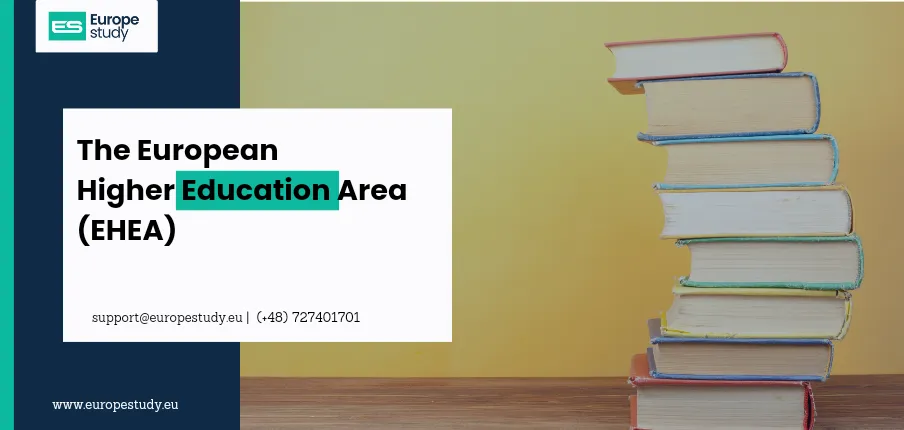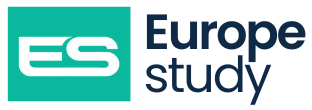
The European Higher Education Area (EHEA)
The European Higher Education Area (EHEA) is a collaborative framework of 48 countries working together to ensure that higher education systems across Europe are comparable, compatible, and aligned in their objectives. This effort aims to create an integrated academic space where students can easily transfer credits, qualifications, and skills across borders, enhancing educational mobility and opportunities.
The Bologna Process and EHEA Structure
Central to the EHEA is the Bologna Process, a series of agreements designed to harmonize higher education systems across member countries. A key element of this process is the adoption of a three-cycle system of higher education qualifications, which includes:
1. Bachelor’s Degrees
2. Master’s Degrees
3. Doctoral Degrees
These qualification cycles are structured to provide clear pathways for academic and professional progression, ensuring that students can build upon their education within and between EHEA member countries.
The European Credit Transfer and Accumulation System (ECTS)
A major tool for achieving comparability is the European Credit Transfer and Accumulation System (ECTS), which standardizes the allocation of academic credits. Under ECTS, one year of full-time study equates to 60 credits. These credits are further broken down by individual courses or lectures, making it easier for students to transfer their achievements when moving between institutions in different EHEA countries.
The Origins of the EHEA: The Bologna Declaration
The EHEA's foundation was laid in 1999 when Ministers of Education from 29 European countries gathered in Bologna, Italy, to create a shared vision for higher education. This meeting resulted in the Bologna Declaration, which set the stage for aligning university-level education systems and promoting a common set of principles, including quality assurance and mutual recognition of degrees.
Initially, the Bologna Declaration was signed by European Union members, as well as Iceland, Liechtenstein, Norway, and Switzerland. Over the years, other nations embraced the principles, and by 2017, the EHEA had expanded to include 48 countries.
EHEA’s Role in Fostering Educational Mobility
By standardizing degrees and credit systems, the EHEA has significantly enhanced academic mobility for students across Europe. It facilitates the recognition of qualifications and ensures that educational experiences are transferable and valued across national borders, fostering a more interconnected European educational landscape.
Through ongoing cooperation and shared goals, the EHEA continues to play a pivotal role in shaping higher education, creating new opportunities for students, and strengthening the ties between European countries in the academic sphere.





